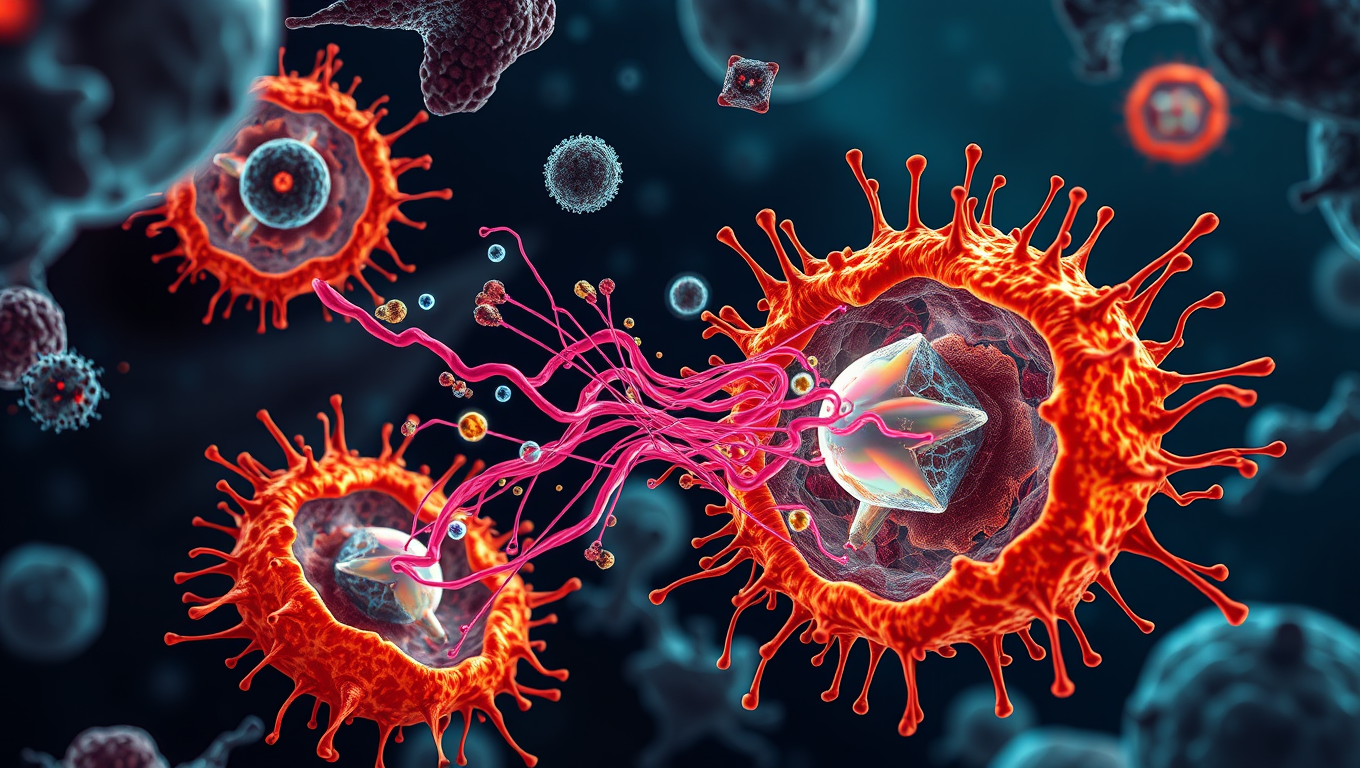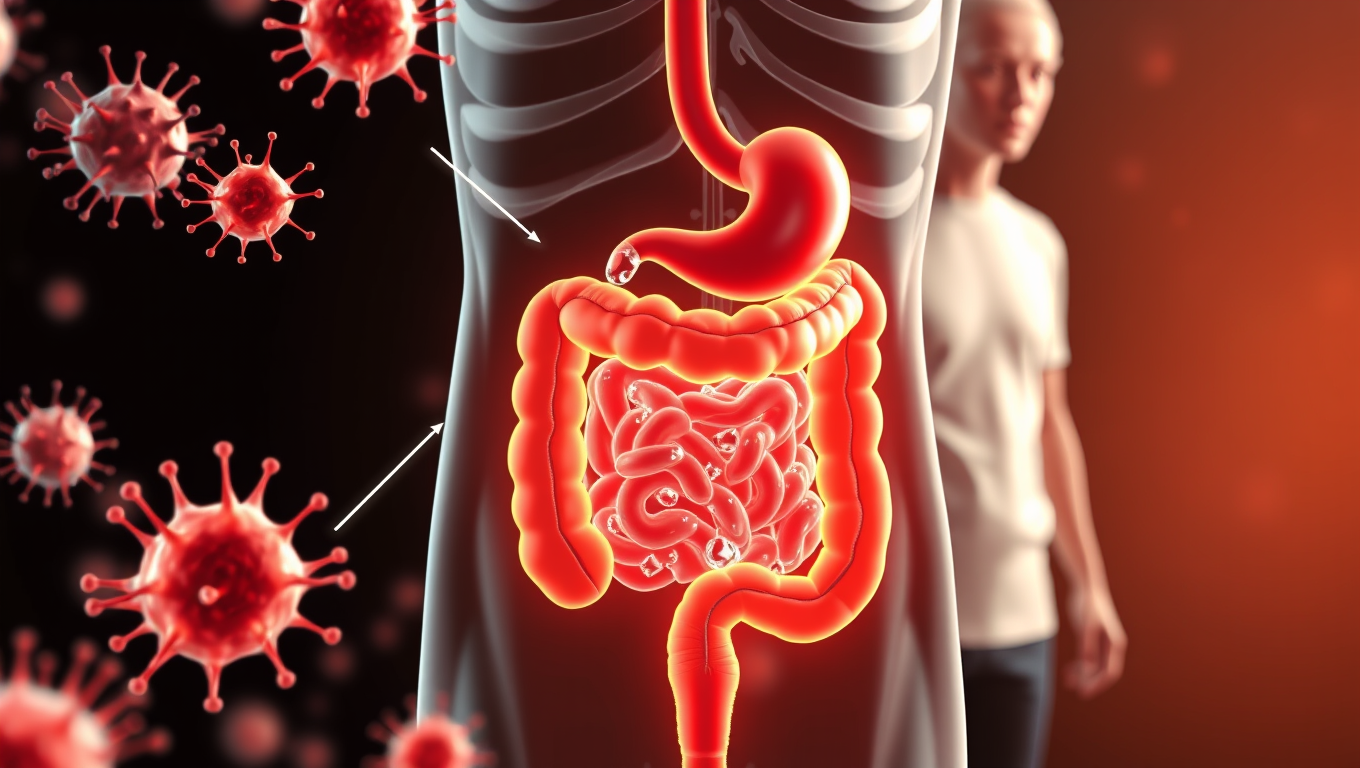While we try to keep things accurate, this content is part of an ongoing experiment and may not always be reliable.
Please double-check important details — we’re not responsible for how the information is used.
Gastrointestinal Problems
“Cells’ Hidden Shortcut for Healing May Fuel Cancer”
Scientists have uncovered a surprising new healing mechanism in injured cells called cathartocytosis, in which cells “vomit” out their internal machinery to revert more quickly to a stem cell-like state. While this messy shortcut helps tissues regenerate faster, it also leaves behind debris that can fuel inflammation and even cancer.

Allergy
Flossing for Vaccines: A New Method to Deliver Immunizations
Scientists have discovered that flossing between your teeth could one day help vaccinate you. By targeting a uniquely permeable gum tissue called the junctional epithelium, this new method stimulates immunity right where many infections enter: the mouth, nose, and lungs. Using dental floss on mice to apply a flu vaccine triggered a robust immune response—better than existing oral approaches and comparable to nasal vaccines, but without the risks. It even worked with mRNA and protein-based vaccines.
Colitis
Unlocking a New Understanding of IBS-D: The Role of INSL5 in Chronic Diarrhea
A mysterious gut hormone may be behind many cases of chronic diarrhea, especially in people with undiagnosed bile acid malabsorption, a condition often mistaken for irritable bowel syndrome. Researchers from the University of Cambridge identified that the hormone INSL5 spikes when bile acid reaches the colon, triggering intense diarrhea. Their discovery not only sheds light on the biological cause of symptoms but opens the door to a diagnostic blood test and new treatment options, including a surprising existing drug that blocks this hormone’s effects.
Diseases and Conditions
Unlocking the Secrets of Zebrafish Hair Cell Regeneration: A Key to Human Hearing Restoration?
Zebrafish can regenerate sensory hair cells that humans permanently lose, like those in the inner ear linked to hearing and balance. New research reveals two specific genes that control how different supporting cells in zebrafish divide and regenerate, offering clues to how mammals might someday tap into similar regenerative powers.
-

 Detectors8 months ago
Detectors8 months agoA New Horizon for Vision: How Gold Nanoparticles May Restore People’s Sight
-

 Earth & Climate9 months ago
Earth & Climate9 months agoRetiring Abroad Can Be Lonely Business
-

 Cancer9 months ago
Cancer9 months agoRevolutionizing Quantum Communication: Direct Connections Between Multiple Processors
-

 Albert Einstein9 months ago
Albert Einstein9 months agoHarnessing Water Waves: A Breakthrough in Controlling Floating Objects
-

 Chemistry9 months ago
Chemistry9 months ago“Unveiling Hidden Patterns: A New Twist on Interference Phenomena”
-

 Earth & Climate9 months ago
Earth & Climate9 months agoHousehold Electricity Three Times More Expensive Than Upcoming ‘Eco-Friendly’ Aviation E-Fuels, Study Reveals
-

 Agriculture and Food9 months ago
Agriculture and Food9 months ago“A Sustainable Solution: Researchers Create Hybrid Cheese with 25% Pea Protein”
-

 Diseases and Conditions9 months ago
Diseases and Conditions9 months agoReducing Falls Among Elderly Women with Polypharmacy through Exercise Intervention





























